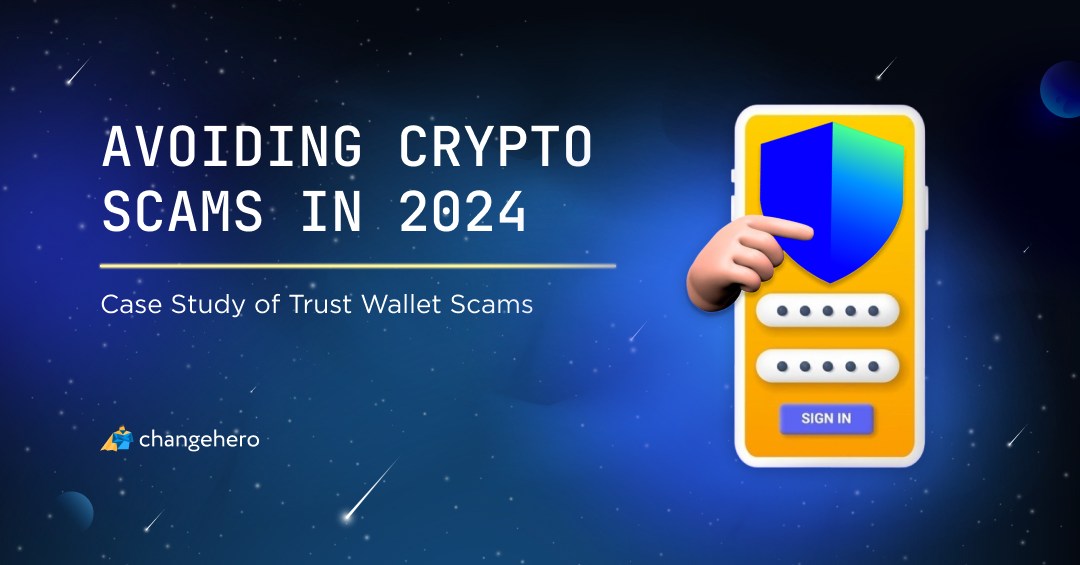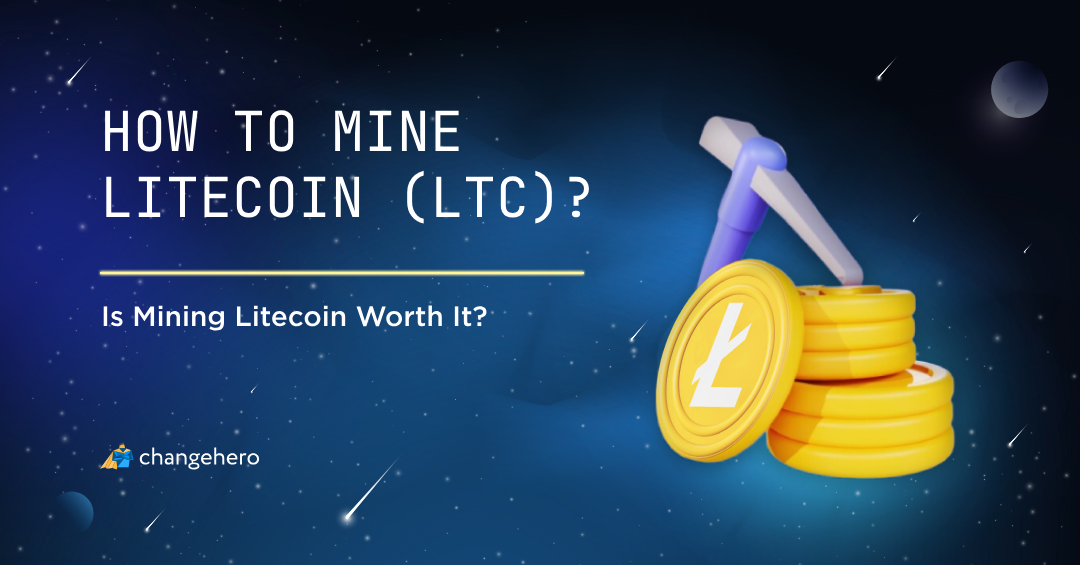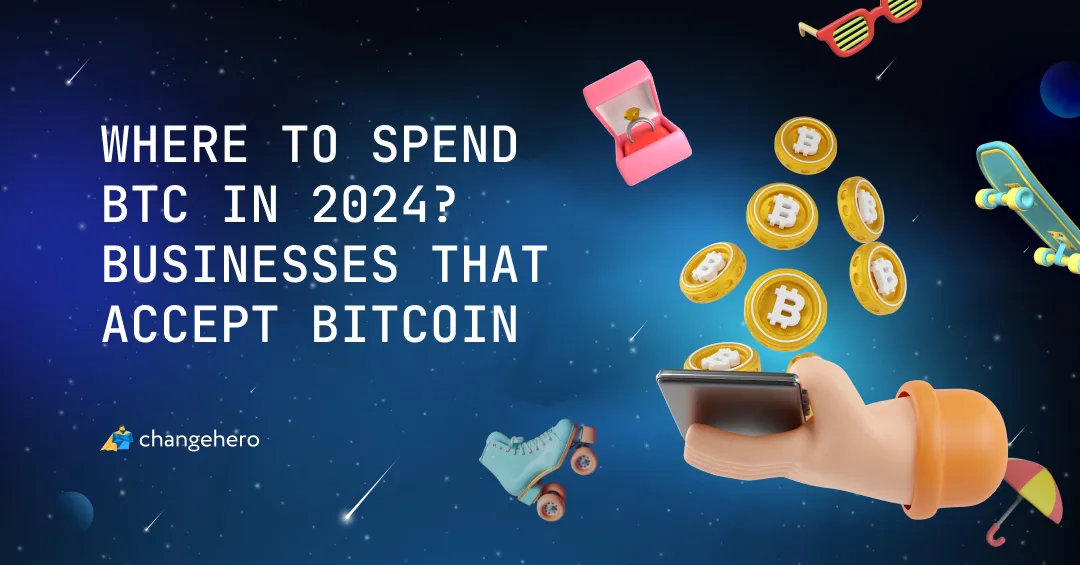For the last few (dozen) years, the Web and even the crypto world have been becoming increasingly corporate. And yet, there are still projects like Ravencoin that uphold the original ethos of crypto. In this guide, our team will round up the essentials of Ravencoin (RVN), the problems it solves, and its potential and real use cases.
Key Takeaways
- Ravencoin is a protocol forked from Bitcoin that was created specifically for asset issuance and management. RVN is a native utility token (coin) of the protocol, mostly used for transaction and mint fees;
- Ravencoin is a community-driven project, which defines its strengths and weaknesses alike. The products in its ecosystem are mostly small businesses or volunteer initiatives with a few rare exceptions;
- Ravencoin mining seems to be popular with enthusiasts and decently profitable. Even solo mining RVN is affordable since the algorithm is ASIC-resistant.
What is Ravencoin?

Ravencoin is an open-source blockchain project that specializes in the creation and peer-to-peer transfer of assets. Ravencoin enables users to create and trade any real-world or digital assets on the network.
Ravencoin’s protocol is based on a fork of the Bitcoin code. Not to be confused with a hard fork, a code fork starts its own blockchain. The changes made to the Bitcoin protocol are focused on allowing tokens to be issued on the Ravencoin blockchain. These tokens can have any quantity, name, and nature: securities or collectibles.
How did Ravencoin start?
The inspiration for the name came from the Game of Thrones series, as cited in the Ravencoin whitepaper: “In the fictional world of Westeros, ravens are used as messengers who carry statements of truth. Ravencoin is a use-case-focused blockchain designed to carry statements of truth about who owns what assets”.
The core developers launched Ravencoin on 3 Jan 2018, on the ninth anniversary of Bitcoin. Perhaps, the closest to a public face and leader of the development figure is Tron Black, a principal software developer and contributor to Ravencoin’s code.
The project has some prominent backers. For example, Bruce Fenton, a former Board Member of The Bitcoin Foundation, is an advisor to the team. Overstock, an American Internet retailer, has made a multi-million dollar investment into the project through a subsidiary.
How does Ravencoin work?

As we have mentioned, Ravencoin’s design principle is to allow simple digital asset issuance and transfer without the need for smart contracts. Although Bitcoin and Ethereum have similar capabilities, these networks have shortcomings that Ravencoin is trying to solve. In Ethereum, there is no native recognition of tokens. And in Bitcoin, asset information needs to be embedded in a transaction by third parties (if you’d like, we recommend learning how ordinals are implemented). Bitcoin nodes are not aware of these assets, which comes with the risk of assets getting lost.
In Ravencoin, asset tracking is hard-coded into the protocol. The tradeoff is that each asset has to have a unique name, much like web addresses. This can be both a hurdle and a useful feature. Asset names have to follow certain rules and the more assets are issued, the more problematic it might become. However, it prevents the kind of situation when assets have the same name but differ in contract address, which can confuse users.
As a fork of the Bitcoin Core protocol, Ravencoin is based on a UTXO model. Instead of accounts, it uses unspent outputs to help track the origins and movements of funds. Ravencoin works similarly to Bitcoin in a lot of ways. This is because its creators deemed the original protocol to be the most secure way of transferring assets. On top of the Bitcoin code, they introduced changes to make it suitable for asset creation, transfer, and management. Ravencoin allows the asset issuer to (securely) message asset token holders, pay out dividends to asset them, and in the future, issue votes.
What makes Ravencoin unique?
- Fair launch: no presale, pre-mine (issuance of a part of or all token supply in genesis or early block), or allocations to insiders.
- Block reward of 2,500 RVN (means higher supply and issuance rate than in Bitcoin). Ravencoin features block reward halving like Bitcoin.
- Block time of 1 minute.
- Ravencoin’s supply cap is 21 billion.
- Ravencoin mining algorithm KAWPOW (ProgPoW modified for Ravencoin) allows for more decentralized mining by being ASIC-resistant. The idea behind choosing a GPU-intensive mining algorithm is to make profitable mining available for everyone, which helps to decentralize the network;
- Asset & Sub-asset issuance and transfer, unique assets, dividends/rewards, secure messaging, IPFS metadata, and restricted assets (help with KYC requirements).
What is RVN?
RVN is the utility token of the Ravencoin platform. It is necessary for creating and sending assets across the network. For example, creating an asset requires burning 500 RVN tokens. Making an asset unique requires an additional fee of 5 RVN tokens. The token creators can also pay the rewards to asset holders in RVN, potentially useful for royalties or referrals.
What is Ravencoin used for?
Earning Ravencoin (RVN) is not complex: it is accessible to mine it, and the community initiatives make use of the on-chain reward payouts. How can you use your RVN coins next?
- Redeem for in-game valuables in Oldschool RuneScape with Auto Game Gold;
- Connect with other blockchain enthusiasts in meCo or Corvo Chat;
- Purchase goods from small businesses and NPOs like Honey Bee Rescue;
- Support cypherpunk initiatives like Guerilla Times with tips or donations.
The directory with even more initiatives and projects is available on the Ravencoin Wiki.
Ravencoin vs. Bitcoin and Ethereum
Ravencoin changes the issuance schedule and block time of Bitcoin. Ravencoin mining algorithm, KAWPOW, is also different, and supposed to be more decentralized and democratic. Solutions for digital assets like colored coins or Rootstock have been developed for the Bitcoin protocol. However, they work only as a second layer to the base protocol.
One of the major use cases for Ethereum is the issuance of assets, too. Unlike Ethereum’s smart contracts, Ravencoin’s assets are unique in the name (and not only the contract address). In Ethereum, every time an asset is interacted with, a smart contract has to be called. In Ravencoin, operations with assets are hard-coded into the base layer.
Is Ravencoin criticized for anything?
Being a grassroots project comes with a lot of challenges. In 2020, a shortcoming in code made an attack on the network possible. As a result, the total supply of RVN has increased by 1.5%, which had an impact on both the price and the reputation of the project.
Despite being resistant to mining with ASIC hardware, the X16R algorithm was not immune to it. In late 2019, the community decided to implement a new mining algorithm. But it also was changed again five months later to the current one (KAWPOW algorithm).
In a community-driven project, such cases are inevitable because in real life not all members operate in good faith. Risks like these are natural for open-source projects. The community believes these battle tests will strengthen Ravencoin in the long run.
Is RVN dead?
by u/SJMyrroR in Ravencoin
These days, members of the community and token holders raise concerns about the activity in the Ravencoin network. Changes in the open-source code are few and far between, and there is not much going on in the Ravencoin news. The chain activity does not create an impression of a bustling network either: the tx/s count is low, and it can be hours between asset transactions.
Reading the Reddit thread, however, shows that the community begs to differ. Mining RVN is profitable and popular, and new assets and use cases still emerge. And for a community-driven project like Ravencoin, having the evidence there are people caring about it is all it needs to live on.
Partnerships and future plans
The Ravencoin protocol is a work in progress: developers are still working on features like voting and more advanced GUIs that make it easier to work with all the new functions.
The Ravencoin community promotes the project as a community effort. This idea falls in line with the grassroots ethos of the project. One of the partners that expressed interest in Ravencoin is American painter Rick DeMont. He uses the Ravencoin blockchain to issue certificates of authenticity for his works, akin to what NFTs were thought to be useful for.
Tokenization of real estate is also a use case that the community seems to find fascinating, and some projects even attempted it. A couple of examples would be BRIKbc and Tinaga Resorts Corporation but the degree of their success is debatable.
Which Ravencoin crypto wallet to use?
If you are just getting into Ravencoin, you will need a wallet since most probably you don’t have one yet. Ravencoin has developed an official wallet specifically for RVN. However, if you want to hold and manage multiple assets in one place, we recommend Edge and Exodus. It is available on mobile devices (iOS and Android). In Edge Wallet, you can seamlessly exchange cryptocurrencies thanks to an integration of ChangeHero.
How to exchange RVN?
A Ravencoin Beginner’s guide would be incomplete without instructions. How to get RVN using ChangeHero? In five simple steps:
- Choose the currencies on the home page, amounts, and the type of exchange. Provide your RVN wallet address in the next step and check the details;
- Double-check the provided information, read and accept the Terms of Use and Privacy Policy;
- Send the cryptocurrency for exchange in a single transaction. Fixed Rate transactions have a 15-minute limit;
- And now you can relax. At this step we are doing all the work: checking the incoming transaction and doing the exchange as soon as it arrives;
- As soon as the exchange has been processed, your RVN is on its way to your wallet. Congratulations! We’ll be happy to hear your feedback.
Our support specialists are available 24/7 in the chat on our website or through the email: [email protected].
Conclusion
For projects like Ravencoin, standing up to centralization and censorship is not some hot air. They are one of the few remaining communities that hold true to the beliefs that spawned Bitcoin.
If you enjoyed our Ravencoin beginner’s guide, make sure to check out our blog for coverage of other crypto projects. Subscribe to our social media for updates: Twitter, Facebook, Reddit, and Telegram.








